In the era of artificial intelligence, Microsoft CEO Satya Nadella has made a surprising shift in how he consumes content: he now prefers chatbots over podcasts. Rather than listening passively to full episodes, Nadella uses Copilot AI to upload podcast transcripts, ask questions, and interact with content in real time. This change highlights how AI integration is reshaping the way leaders learn, strategize, and make faster decisions.
His new method also reflects a growing movement in digital productivity—transforming static content into dynamic, AI-powered conversations.
From Podcasts to Chatbots: Smarter Learning with Copilot AI
Instead of spending 30–60 minutes listening to a podcast, Nadella takes a shortcut: he feeds the transcript into Copilot AI. The tool then lets him ask targeted questions, get summaries instantly, and even clarify complex topics—all during his daily commute.This approach delivers three major benefits:
- Saves valuable time while retaining insight depth
- Allows for on-demand clarification of complex segments
- Encourages active rather than passive learning
By moving away from passive listening, Nadella is making information work for him, not the other way around.

Custom AI Agents Reinforce the Power of Chatbots Over Podcasts
Beyond learning, AI is embedded into Nadella’s entire workflow. Using Copilot Studio, he has built over ten custom AI agents that assist him daily.
These agents are responsible for:
- Summarizing internal and external communications
- Preparing briefs ahead of meetings
- Conducting instant research on competitors
- Offering recommendations based on live data
This AI-driven system allows Nadella to focus on big-picture decisions while delegating repetitive or time-consuming tasks to intelligent bots.

AI Integration in Leadership: A Blueprint for the Future
Nadella’s move to chatbots over podcasts symbolizes more than personal productivity—it reflects Microsoft’s strategy to embed AI across all functions. The message is clear: AI tools like Copilot AI and custom AI agents aren’t just for engineers—they’re for executives, marketers, and decision-makers.
Even when he occasionally listens to a podcast, it’s typically from trusted tech leaders. But for deeper understanding and faster access to insights, chatbots have become his primary source.
This hybrid approach—human experience supported by machine intelligence—is becoming the new standard.
Lessons for Marketers, Designers, and Leaders
Whether you’re in marketing, design, or development, Nadella’s approach provides valuable takeaways:
- Use podcast transcripts as content inputs for AI tools
- Build custom AI agents to automate routine tasks
- Embrace AI integration to improve decision-making speed
- Focus human effort on creative and strategic thinking
This mindset is especially relevant if you’re building modern websites, digital platforms, or AI-integrated systems. For example, at bozzabench.com, we help businesses stay ahead by integrating smart UX and AI-ready designs. These strategies are also aligned with the forward-thinking approach of our parent company, webie.com.vn, where we specialize in web development with cutting-edge technology.

Conclusion: Why Chatbots Over Podcasts Is the New Normal
Satya Nadella’s preference for chatbots over podcasts isn’t just a tech trend—it’s a glimpse into the future of productivity. By using tools like Copilot AI and building custom AI agents, he shows how technology can streamline workflows, enhance understanding, and transform how leaders stay informed.
As AI continues to evolve, the question for professionals is no longer if we should use AI, but how strategically we can integrate it into our daily operations.
Ready to bring AI-enhanced strategy into your workflow? Let bozzabench.com help you build future-ready solutions, backed by the expertise of webie.com.vn. Moving forward, organizations that adopt similar practices will likely gain a competitive edge in today’s fast-paced digital landscape.

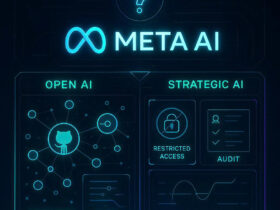
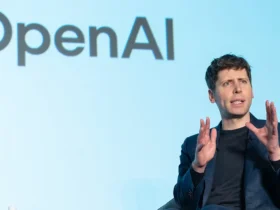
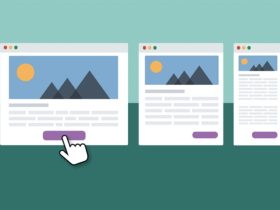

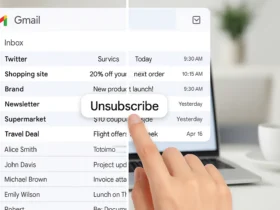
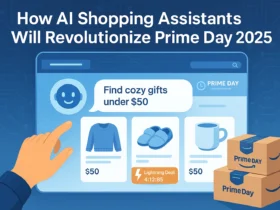
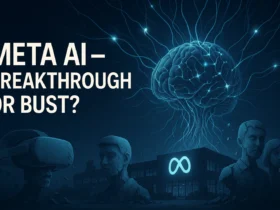
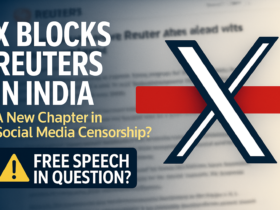

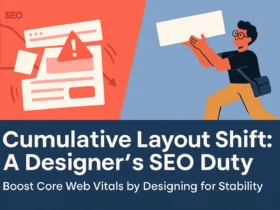


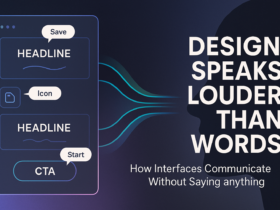

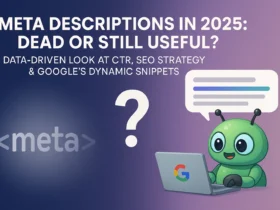
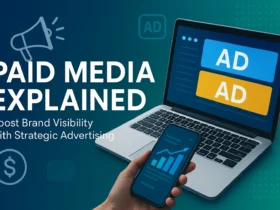
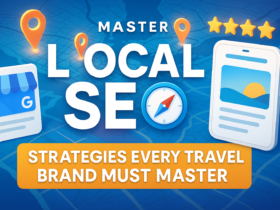

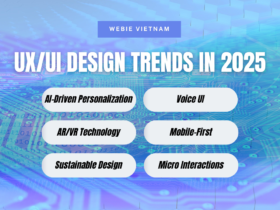





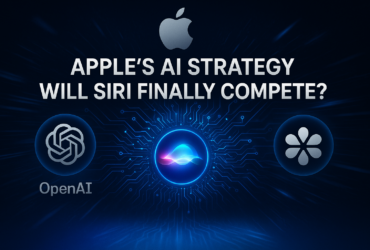
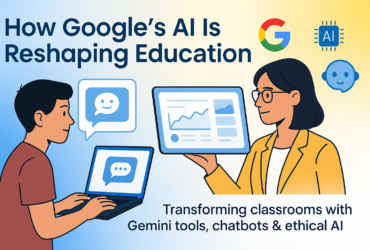
Leave a Reply